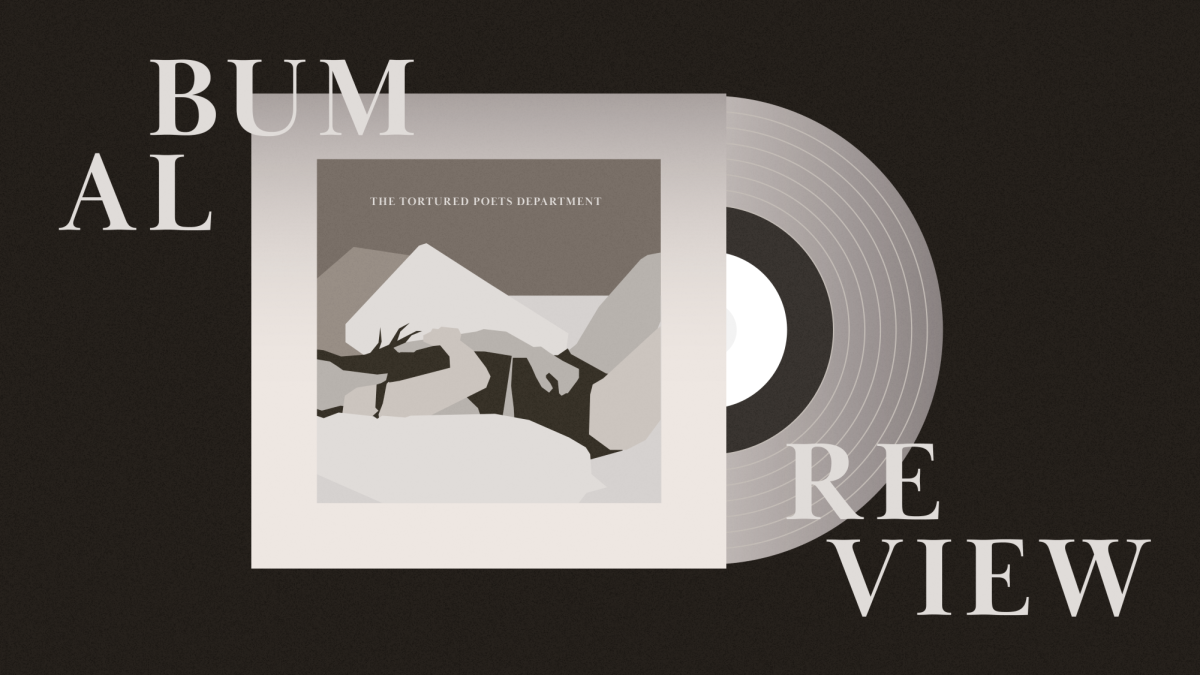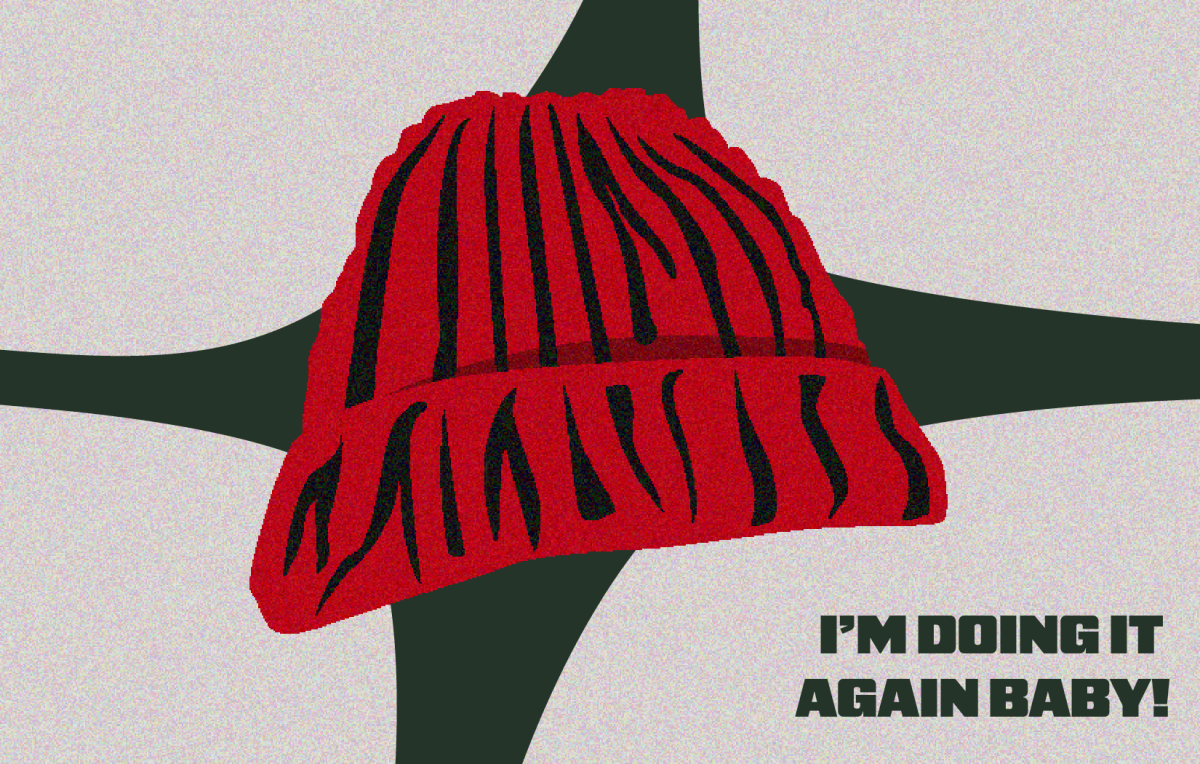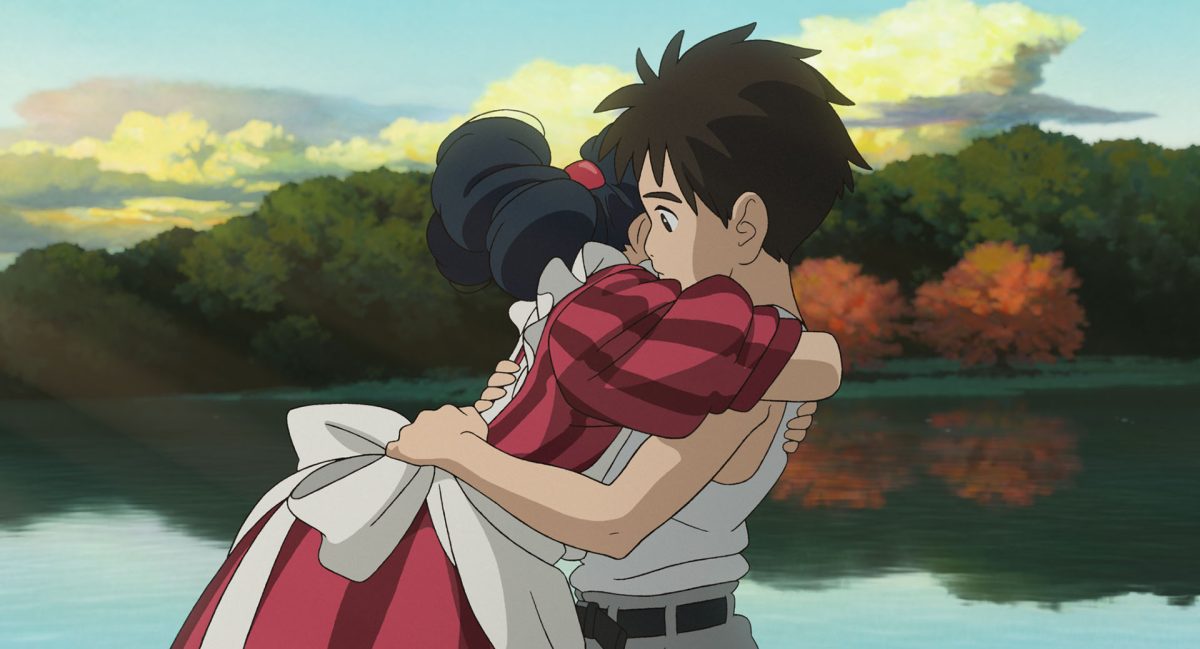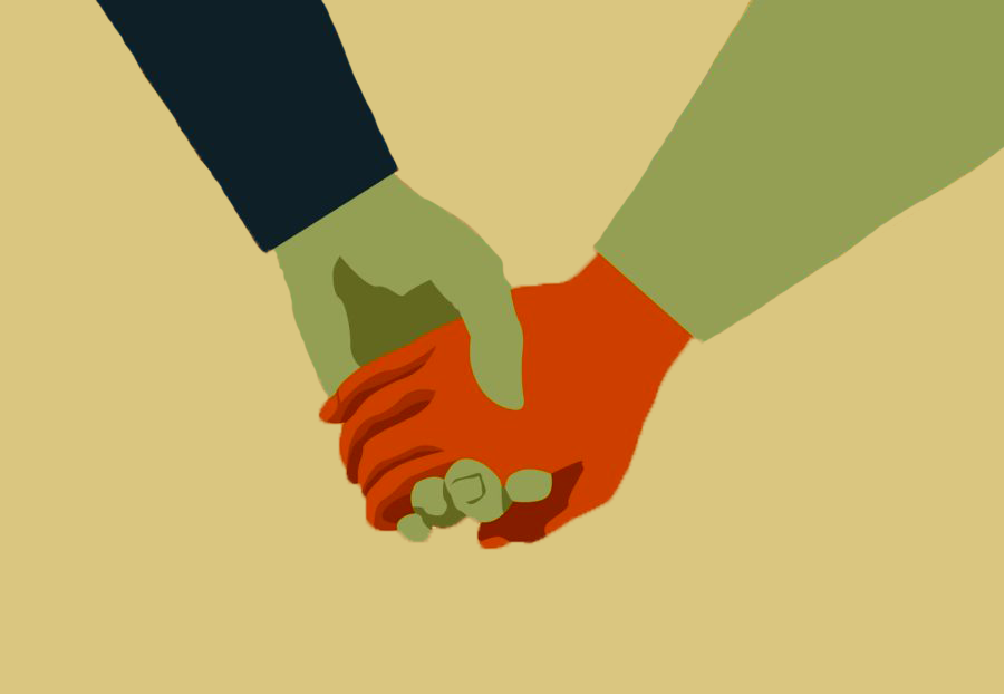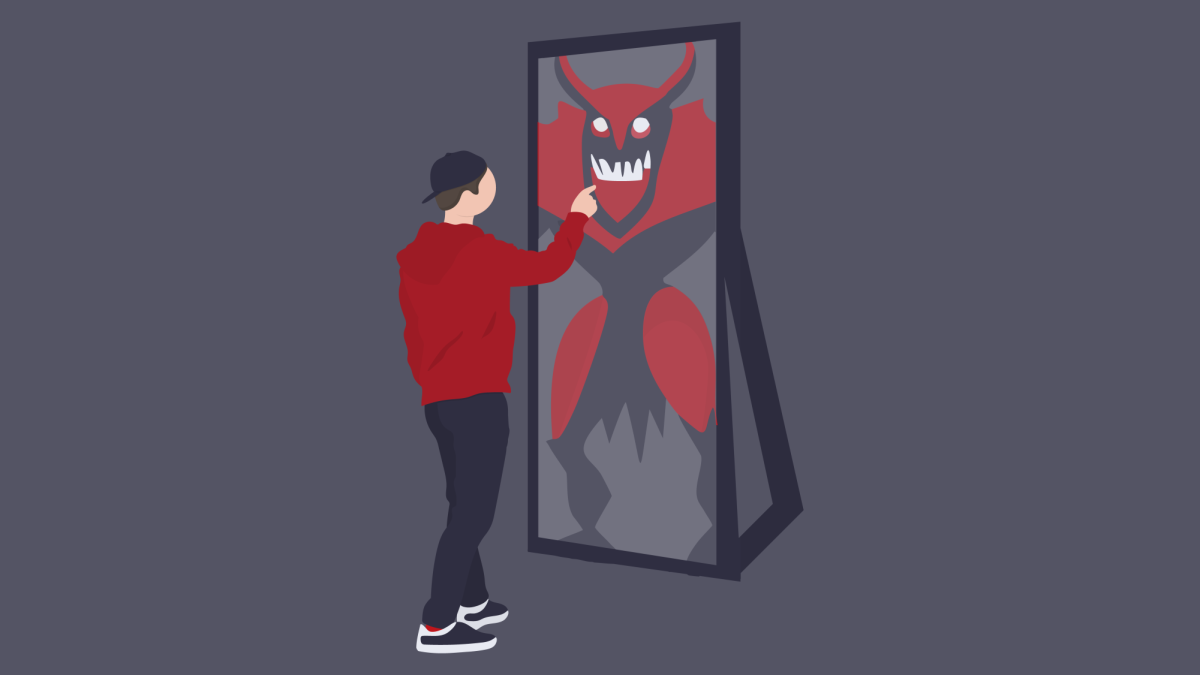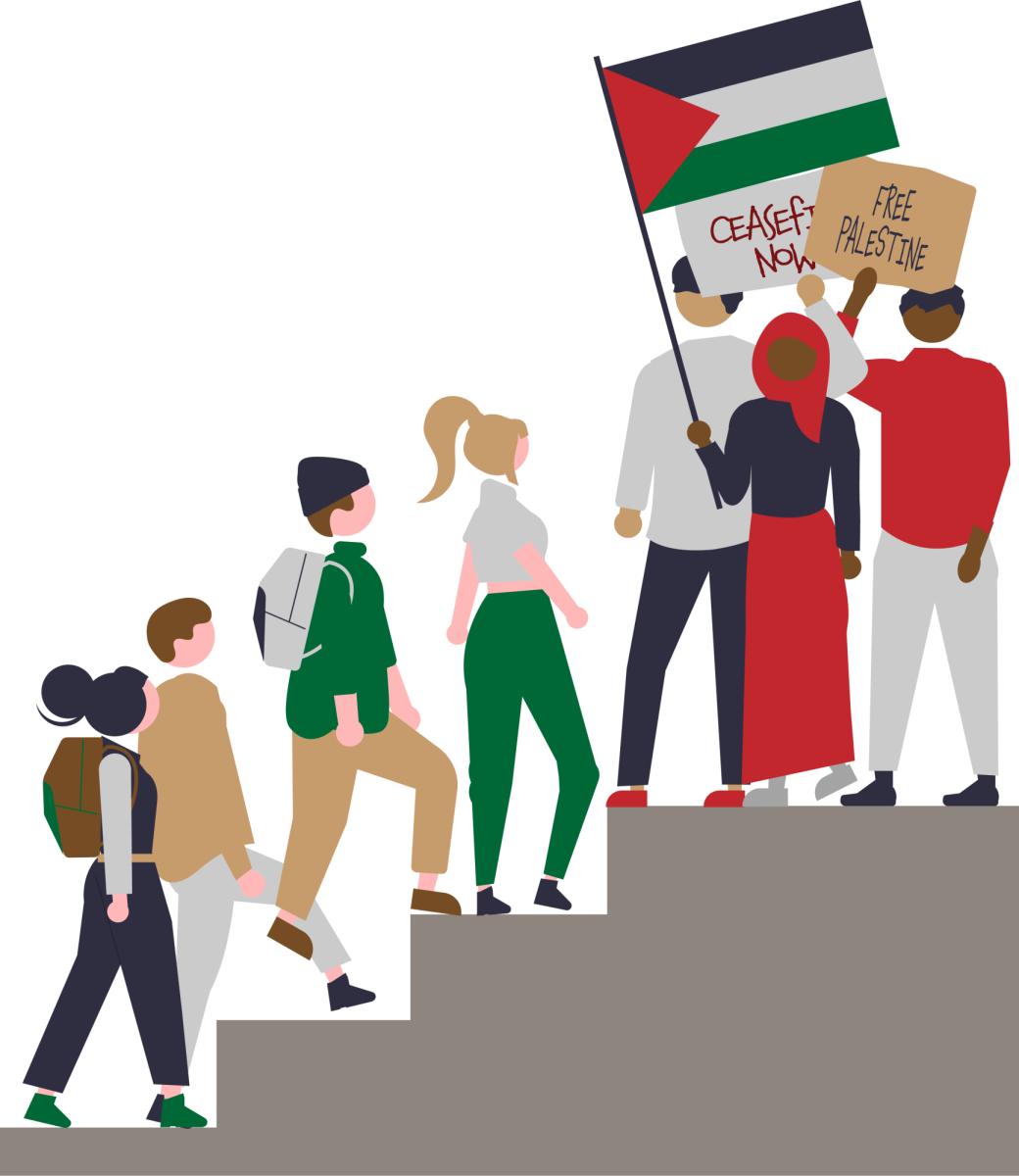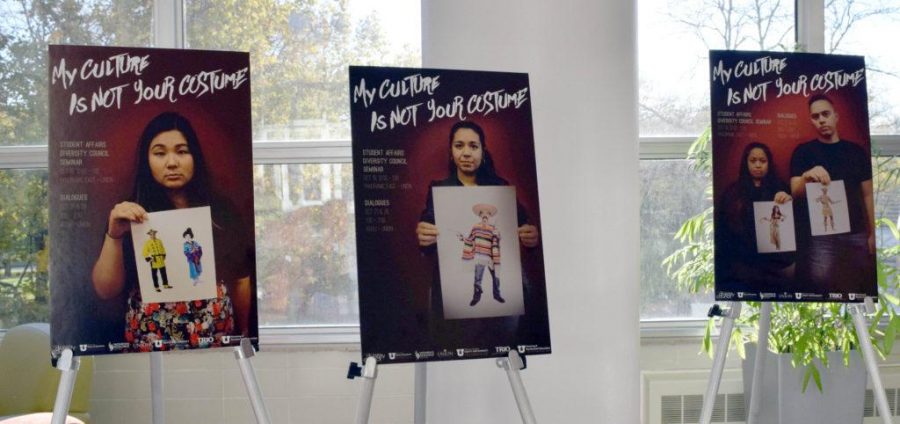[row cols_nr=”2″]
[col size=”6″]
Racist and Sexist Costumes Have no Place
Alisa Patience
As Halloween approaches and we college students are making or buying our costumes, there’s a very basic rule we must all remember: culture is not a costume.
If you walk down the Halloween aisle in any grocery store, you will see costumes that have titles such as “Cute Eskimo,” “Sexy Asian,” “Men’s Ranchero Mexican Poncho,” “Sexy Native,” “Gorgeous Gypsie” and many more.
These costumes aren’t funny, they’re racist.
Those who disagree with me will say I don’t have a sense of humor or that I’m looking for something to turn into a social justice issue. First, I have a sense of humor. If an American were to dress up in a fat suit and carry a hamburger and call themselves an American for Halloween, that likely wouldn’t be offensive to Americans and I would probably laugh. Still, imagine how someone who is overweight would feel about that costume. If someone from Canada or England wore the fat American costume, you can’t honestly say that half the United States wouldn’t be in an uproar.
Words used on costume packaging like “Eskimo” and “gypsie” are racial slurs. The proper terms are Inuit and Roma, respectively.
Probably the most common and most offensive costumes in America are costumes of Native Americans. Imagine if the U still had its old mascot — not the redtail falcon — and at games there was someone walking around dressed as the old cartoonish native with painted red skin and feather headdress. Most people would flip their shit and call that racism. Well, that’s what these so-called costumes are. If you don’t understand the significance of Native American face paint, feathered head dress or jewelry, then you shouldn’t wear it. It’s not funny or clever or sexy to mock or appropriate entire cultures that white colonials destroyed and that we still oppress.
Blackface makeup isn’t acceptable in any situation, no matter who you want to dress up as.
Some cultures encourage Americans and everyone in general to embrace their culture. For example, Japanese are known for producing anime, and they encourage everyone to cosplay as anime characters and they even do it themselves. But even they would be offended by someone wearing the “sexy Asian” costume, which includes a “pink dragon head dress” and an “oriental patterned bikini top.” Sugar skull makeup is also acceptable. If you go to Mexico on Dia de Muertos, they will accept and even be glad to share their celebrations with you, as long as you understand that the point isn’t to look cute and get free candy but pay your respects to and celebrate the lives of those who have passed.
If a person knows what they’re wearing, does their research, is respectful and is accurate about what they’re wearing, I can try to cut them some slack — like a little girl who wants to be Mulan for Halloween even though she isn’t Chinese, or a grown woman who knows what she’s doing and wants to be an Indian Bharatanatyam dancer.
You can’t just put a bindi on your forehead, wear a sombrero and a poncho, wrap a hijab around your head, or put on a feathered headband and say it’s your Halloween costume. You want to be a sexy cat, a vampire, a fairy or a superhero? Go ahead. Totally acceptable. You want to wear fur and blue shoulder paint and a long dark braid and say you’re Khal Drogo from Game of Thrones, or dress up as Jasmine from “Aladdin,” or put on a bald cap and black robe and call yourself Voldemort? That’s fine, too, because those people aren’t real. You can’t offend someone who doesn’t exist. But we need to be respectful of the people and cultures who do, in fact, exist.
[/col]
[col size=”6″]
Costumes are Harmless, Have No “Ill Intent”
Kyle Ruscigno
Halloween costumes give people a chance to be someone or something else for a night. They are meant to be fun and lighthearted. After all, it’s a holiday centered on candy, parties and scary movies. Yet some people seem to take it very seriously. There are a lot of people who think that Native American outfits, sombreros, ninjas and other costumes are no longer appropriate and a form of cultural appropriation. They argue that cultures aren’t costumes and that using another group’s culture as a costume devalues it. But that’s exactly what costumes are: a cultural homage. They can be direct representations of a culture’s historical roles, like knights or princesses. They can also come from fantasy like vampires, clowns and goblins. But they are still part of the collective social mythos of a particular culture. Creatures like fairies and goblins aren’t just things created for consumers, they stem from the mythologies of various tribes and cultures stretching back over millennia and are a unique part of the Caucasian heritage.
Halloween simplifies these concepts. Most people aren’t having in-depth cultural discussions over their choice of Halloween costume. Nevertheless, Halloween allows people to flirt, no matter how superficially, with other cultures. Halloween mostly does that through an aesthetic perspective. Many other parts of culture are left out: religion, custom, etc. It’s definitely not a comprehensive view of a group’s cultural heritage. It’s impossible to distill hundreds of Native American tribes into a single costume, just as it’s impossible to distill hundreds of Caucasian cultures into a single costume. Not every German is running around in lederhosen nor every Scot in a kilt. But regardless of the limitations, it’s an effort done in adoration, not with ill intent. If someone wants to dress up in a culture other than their own, it’s because they admire at least some aspect of the culture that’s been presented to them.
That type of cultural exchange, even on a small level, has been an important part of bringing groups of people together throughout history. In fact, that’s how Halloween came about: a product of originally pagan and Celtic practices fused with Christian tradition. The same can be said for many other holidays and even holy figures. Many Christian saints are in fact appropriated from Roman gods. These processes helped to bring peoples and customs together so that they could live in harmony, no matter the circumstances of their coming together.
If there’s a problem with Halloween, it’s not that people are dressing up as other cultures. It’s that it doesn’t go far enough and doesn’t represent the full swath and diversity of these cultures. That’s why so many different costumes exist for western tradition but only very generic ones for many of the minority cultures in this country. But silencing that cultural communication and exchange isn’t a good way to work towards that goal. If anything, it’s counter-intuitive. Cutting off venues for cultural exchange and essentially segregating culture will never work in favor of the minority. It only allows custom, tradition, cultural icons and all manner of things to be further monopolized by the dominant culture. Halloween allows only a very limited venue for this type of intercultural communication, but it does have an impact. It allows people to dissociate from their own culture, and that’s a valuable skill to practice. It makes people more comfortable being exposed to different ideas and cultures and see the value. That helps preserve culture and give it meaning, not devalue it.
[/col]
[/row]


